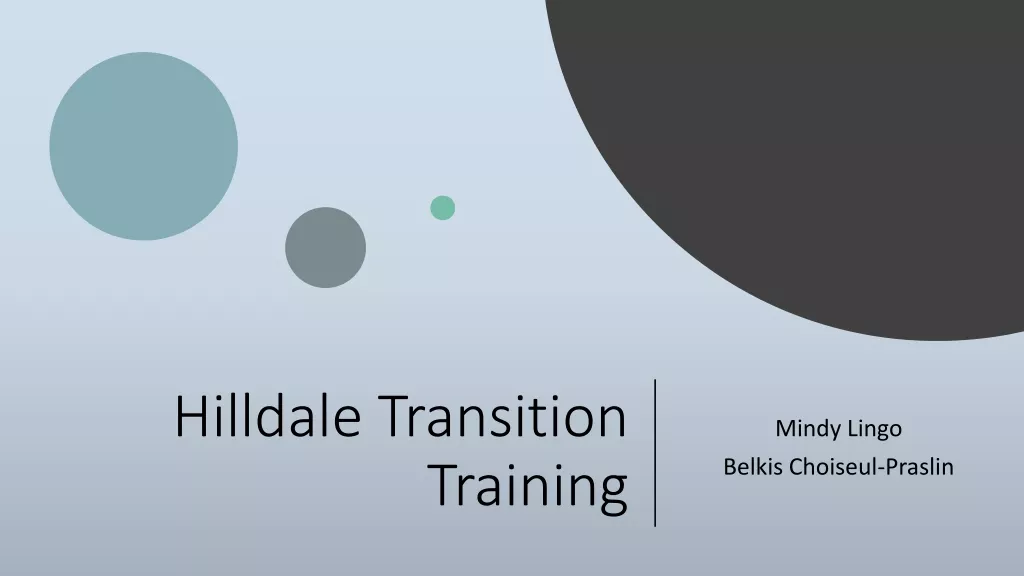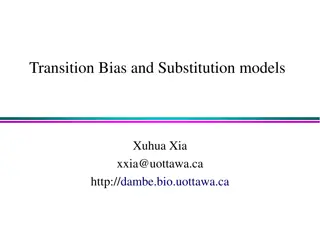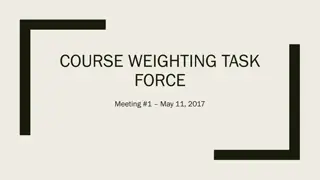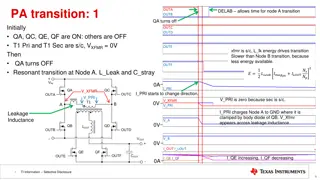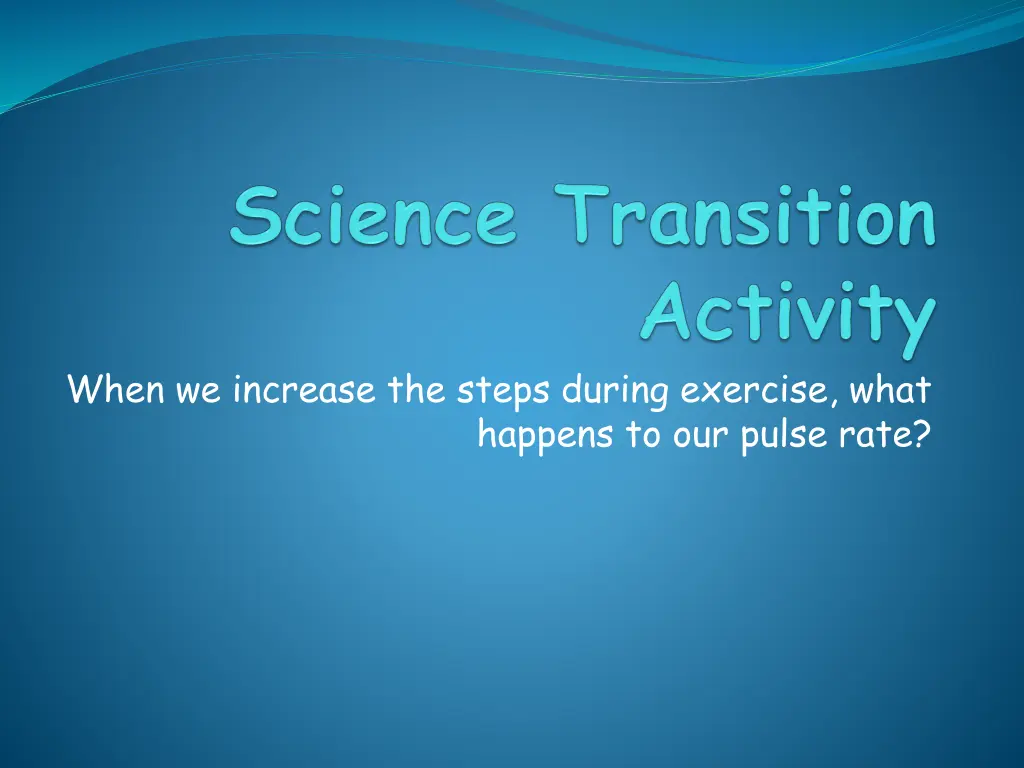
Understanding Pulse Rate Changes During Exercise
Learn how increasing steps during exercise affects pulse rate, how to measure pulse rate, and why fitter individuals experience less increase in pulse rate. Explore practical activities and graphs to understand pulse rate variations.
Download Presentation

Please find below an Image/Link to download the presentation.
The content on the website is provided AS IS for your information and personal use only. It may not be sold, licensed, or shared on other websites without obtaining consent from the author. If you encounter any issues during the download, it is possible that the publisher has removed the file from their server.
You are allowed to download the files provided on this website for personal or commercial use, subject to the condition that they are used lawfully. All files are the property of their respective owners.
The content on the website is provided AS IS for your information and personal use only. It may not be sold, licensed, or shared on other websites without obtaining consent from the author.
E N D
Presentation Transcript
When we increase the steps during exercise, what happens to our pulse rate?
Pulse Rate When your heart beats, the pressure of blood being squeezed into arteries causes them to bulge slightly. This pulse can be felt at certain places, for example, on the thumb side of your wrist or on the side of your Adam s apple. This pulse can be felt at certain places, When your heart beats, the pressure of blood being squeezed into arteries causes them to bulge slightly. Pulse rate is the number of times your heart beats in a minute Pulse rate can be measured using your finger and a stopwatch.
Pulse When your hear C:\CACHE\Temporary Internet Files\Content.IE5\XLREI2KB\MC900434722[1].png Watch the video clip. Listen carefully as you are going to have to answer questions on it., the pressure of blood being squeezed into is pulse can be felt at certain places, for example, on the thumb side of your wrist or on the side of your Adam s apple. Copy the following table. Cab you remember the two places it told you where you can feel your pulse?
Recording pulse rate When pulse rate was taken seconds) At rest Immediately after exercise 1 minute after exercise 2 minutes after exercise Pulse rate (in 15 Pulse rate (beats per minute) 3 minutes after exercise 4 minutes after exercise 5 minutes after exercise
Measuring pulse rate. Work with a partner. The person with the stopwatch should shout start and start the stopwatch. The other person should start counting how many times they feel a beat or pulse. When the stopwatch shows 15 seconds the person timing should shout stop and the person should stop counting. Write your pulse rate in your table. How do you find out what it is in a minute? Do this and record it in your table too. Swap.
During exercise your pulse rate would have increased. How much did it increase by? Why? The fitter you are, the less your pulse rate will increase during exercise. It will also return to the normal resting value faster if you are fit.
Graph of my results. Pulse rate (bpm) When pulse rate was taken.
You should now carry out a google search to find out what the normal pulse rate range is. We hope you enjoyed your task and we look forward to meeting you in August.

